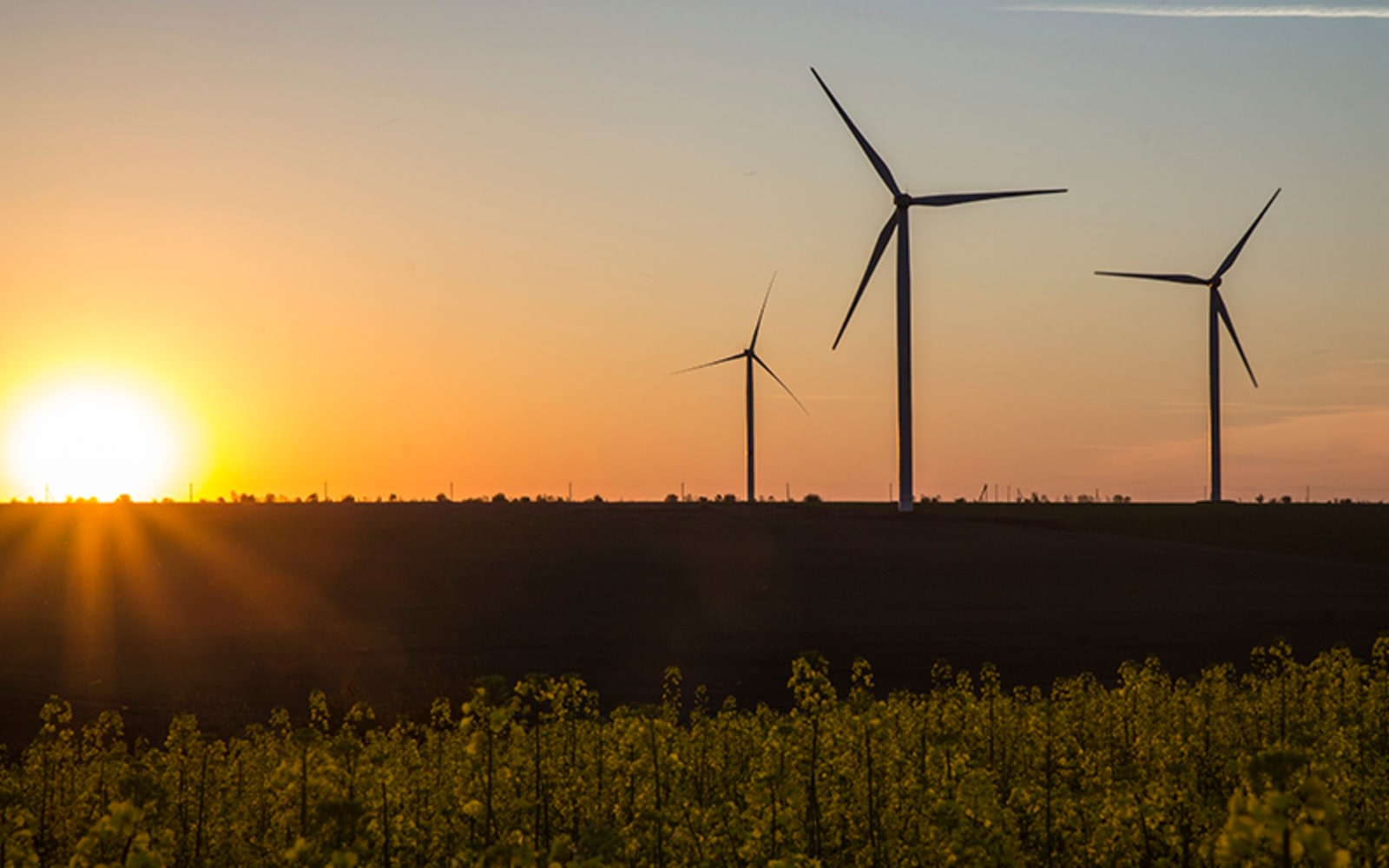Pärnu city council approved enefit green's application to initiate a designated spatial plan for the construction of a wind farm in paikuse

In March, Eesti Energia’s renewable energy company Enefit Green submitted an application to the city of Pärnu for initiating a designated spatial plan to conduct the strategic environmental assessment and ascertain whether the marshy area in Paikuse rural municipality district, about 20 kilometres from the city of Pärnu, is suitable for building a wind farm. At the meeting held yesterday, Enefit Green's application was approved by Pärnu City Council.
As the next step, a strategic environmental assessment will be conducted, during which it will be ascertained whether the area includes protected species, and whether the wind farm and its infrastructure have an effect on their natural environment and habitat. The studies are expected to last for about 3 years, during which the local residents will also be repeatedly involved. Based on the results of the studies, it will become clear whether and on which conditions it is possible to establish a wind farm in the area.
According to the initial plans, the wind farm is aimed to be built in Pärnu county, Paikuse subdistrict, near Põlendmaa, where up to 7 wind turbines are proposed to be constructed. In addition, Enefit Green has submitted a request to the Tori municipality this week to initiate a corresponding designated special plan procedure in Tori municipality which would potentially allow to extend the wind farm project by up to 3 more wind turbines.
Aavo Kärmas, Chairman of the Management Board of Enefit Green, welcomes the decision of Pärnu City Council. "I thank Pärnu City Government for the very positive cooperation so far. This development is the third wind farm development project in Estonia initiated by Enefit Green during the last year. In addition to Paikuse subdistrict in Pärnu county, we also have development projects in Lääne-Nigula municipality in Lääne county and Saarde rural municipality in Pärnu county. Even if only some of these wind farm projects are completed, it will be a very important breakthrough, and change of direction towards producing green energy in Estonia.”
“Despite the climate policy requiring cleaner energy production, the last major wind farms here were completed more than seven years ago. If Estonia as a country wants to reach its renewable energy goals, building of new wind farms is inevitable,” commented Kärmas.
“We understand that building of the wind farm requires the support of local residents and we are open to sharing information about the project throughout the process and answering all questions. During the initial steps of the development, we have worked closely together with the local governments and have already met with the local communities. The response so far has been encouraging. It is also helpful that people understand the positive effect of the wind farm on the local economy and labour market.”
Eesti Energia has set the goal to increase the share of renewable energy in its production portfolio. The group aims to produce 43 percent of its energy production from renewable sources by 2024.
Enefit Green is a renewable energy company belonging to the Eesti Energia Group, that currently owns a total of 20 wind farms, 4 cogeneration plants, 36 solar power plants, a pellet plant and a hydroelectric power plant in four markets – Estonia, Latvia, Lithuania and Poland.